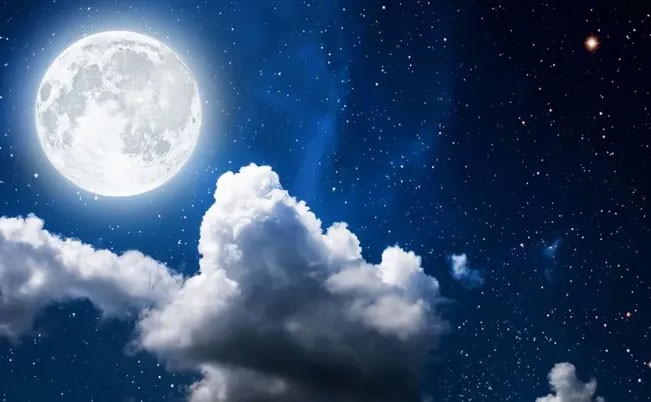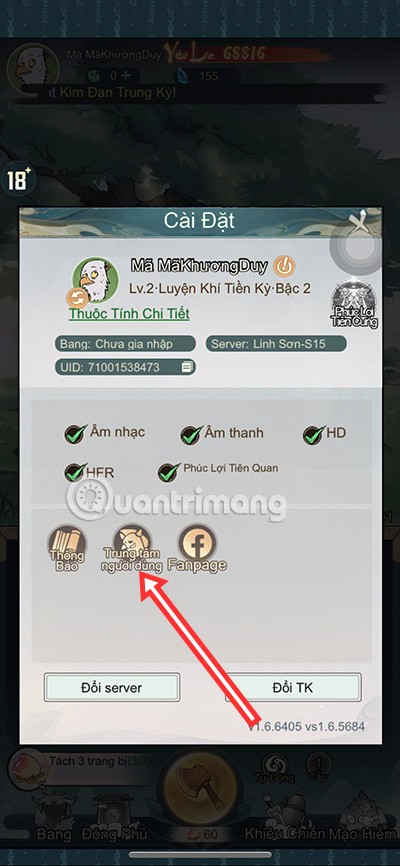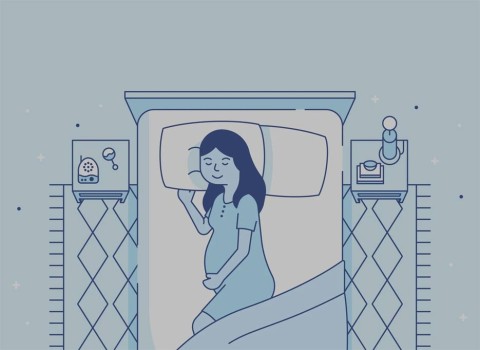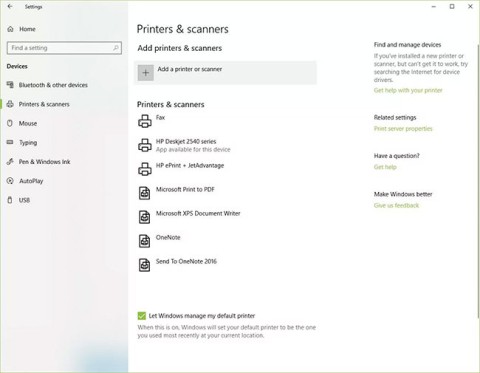How to regain access to hard drive, fix error of not being able to open hard drive

In this article, we will guide you how to regain access to your hard drive when it fails. Let's follow along!
Everyone knows what the moon is . But do you know what the dark spots on the moon are ? Let's find the answer together!
There are many symbols representing the Moon, and there may even be a 4,800-year-old Stone Age engraving of lunar features, painted on a stone in an ancient burial mound near Knowth, Ireland. Dr. Philip Stooke saw the outline of the moon in concentric arcs stamped into the roadside at the site.
Leonardo da Vinci is often credited with being the first to realistically depict lunar features visible to the naked eye, but the earliest known non-iconographic image belongs to the Flemish artist Jan van Eyck, who painted a waning crescent moon in his Crucifixion and Last Judgment. Not only is it a beautiful lunar likeness, the moon tilting toward the southwest horizon also matches the time (3 p.m.) when Christ is said to have died on the cross.
If you pay a little attention and are passionate about astronomy, it is not difficult for you to recognize the black streaks on the pages of works, or directly in the sky on bright moonlit nights. Have you ever wondered what they are?

To take pictures of the Moon, NASA launched a series of probes in 1960. The Inspector series of probes landed on the Moon's surface in 1966, took pictures and sent them back to Earth. Thanks to that, we can determine
In 1960, NASA launched a series of probes to take pictures of the Moon. After 1966, the Inspector probes landed on its surface. Thanks to that, we know that the large and small black streaks on the surface of the Moon that we can observe with the naked eye are actually craters of different sizes, and the dark areas are depressions of the Moon formed from lava from ancient volcanic eruptions. Volcanoes on the Moon were formed by collisions from celestial bodies such as comets, meteorites and asteroids in the past.
Unlike the Sun, the Moon does not emit its own light. We can observe the Moon because of the reflection of sunlight onto the Moon.
And the truth is that we can only see one side of the Moon because it always turns only one side towards the Earth. This is because the time it takes the Moon to rotate around itself is equal to the time it takes to rotate around the Earth, which is 27.3 days.
When the Moon is completely opposite the Sun, with the half facing Earth receiving full sunlight, we will see the Moon at its fullest (full moon). At that time, we will be able to see the dimples on the Moon's surface.
In this article, we will guide you how to regain access to your hard drive when it fails. Let's follow along!
Dental floss is a common tool for cleaning teeth, however, not everyone knows how to use it properly. Below are instructions on how to use dental floss to clean teeth effectively.
Building muscle takes time and the right training, but its something anyone can do. Heres how to build muscle, according to experts.
In addition to regular exercise and not smoking, diet is one of the best ways to protect your heart. Here are the best diets for heart health.
The third trimester is often the most difficult time to sleep during pregnancy. Here are some ways to treat insomnia in the third trimester.
There are many ways to lose weight without changing anything in your diet. Here are some scientifically proven automatic weight loss or calorie-burning methods that anyone can use.
Apple has introduced iOS 26 – a major update with a brand new frosted glass design, smarter experiences, and improvements to familiar apps.
Yoga can provide many health benefits, including better sleep. Because yoga can be relaxing and restorative, its a great way to beat insomnia after a busy day.
The flower of the other shore is a unique flower, carrying many unique meanings. So what is the flower of the other shore, is the flower of the other shore real, what is the meaning and legend of the flower of the other shore?
Craving for snacks but afraid of gaining weight? Dont worry, lets explore together many types of weight loss snacks that are high in fiber, low in calories without making you try to starve yourself.
Prioritizing a consistent sleep schedule and evening routine can help improve the quality of your sleep. Heres what you need to know to stop tossing and turning at night.
Adding a printer to Windows 10 is simple, although the process for wired devices will be different than for wireless devices.
Diet is important to our health. Yet most of our meals are lacking in these six important nutrients.
You want to have a beautiful, shiny, healthy nail quickly. The simple tips for beautiful nails below will be useful for you.
Students need a specific type of laptop for their studies. It should not only be powerful enough to perform well in their chosen major, but also compact and light enough to carry around all day.













